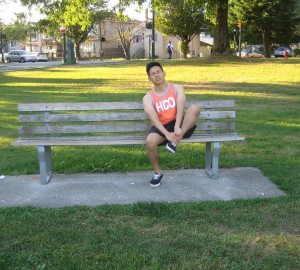The ankle tendons allow the leg muscles to move the foot. The tendons are bands of connective tissues that link muscles to bones. If the ankle tendons are torn, it can result to weakness, pain or loss of function in some ankle motions. Generally, the injury is likely to occur during sports.
There are several ankle tendons that run via the joint. The Achilles tendon is positioned at the rear part of the ankle and enables the calf muscles to link to the foot and prone to tearing. Other ankle tendons susceptible to tearing include the posterior tibial tendon and peroneal tendon.
What are the types of tears?

There are 2 forms of tears on the ankle tendons.
- The acute tears are due to trauma or abrupt movement that results to the snapping of the tendon.
- Degenerative tears are due to overuse and generally occur over several years. It occurs when the tendon is stretched thin which leads to fraying.
Dysfunction of the ankle
Full tearing of the ankle tendons results to the dysfunction of the muscles where the tendon is attached. The rupture of the Achilles tendon causes inability to push the affected foot downward. This also makes it difficult to stand on tiptoes on the affected foot.
If the peroneal tendon is ruptured, it causes the foot arch to become higher while tearing of the posterior tibial tendon causes the foot to flatten.
Management of torn ankle tendons
The treatment is based on the seriousness of the tear which is determined with an MRI of the affected area. For partial tearing, it is managed with immobilization of the ankle along with adequate rest. This will allow the damaged tendon time to recuperate and prevents further injury. As for the swelling and pain, it can be lessened with the application of ice and non-steroidal anti-inflammatory drugs (NSAIDs).
For full tearing of the ankle tendons, surgery is required to reconnect the severed tendon. The recovery period for both partial and complete tears necessitates physical therapy to strengthen the weak tendons and muscles to prevent future injuries.
More Information / Disclaimer
The information posted on this page on torn ankle tendons is for learning purposes only. Learn to recognize and manage this tendon injury by taking a standard first aid course with Ottawa First Aid.
